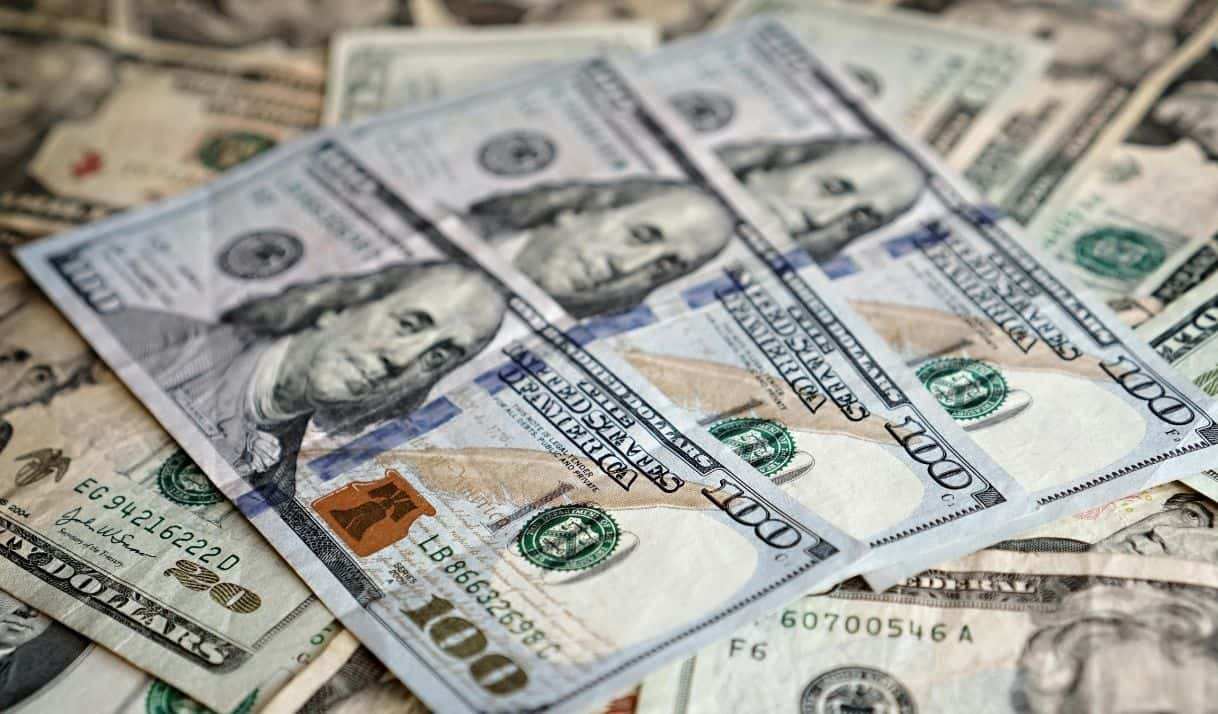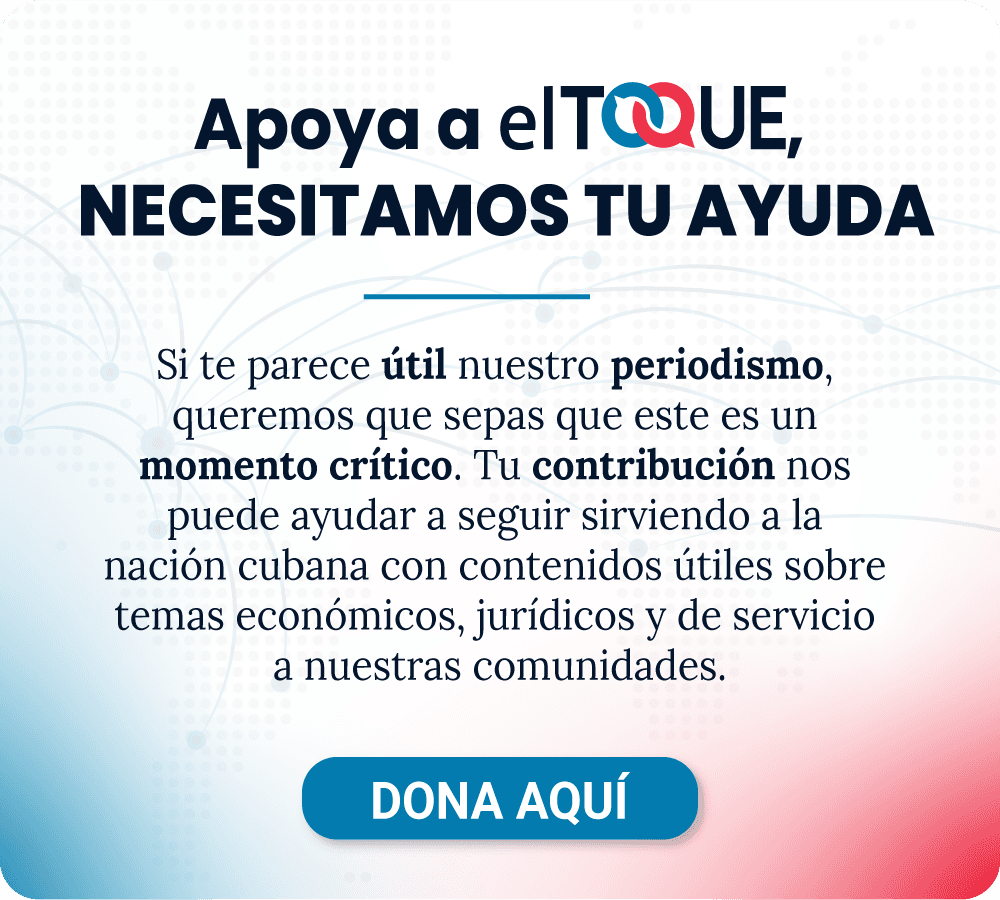Why Does the Dollar Keep Rising in Cuba?

The Cuban peso is sinking at what seems to be an unstoppable pace. According to the latest report from the Cuban Observatory of Currencies and Finance (OMFi), corresponding to October 2025, the demand for foreign currency continues to skyrocket, driving the accelerated depreciation of the peso on the informal market and a widespread loss of confidence in the national currency.
“The crisis shows no signs of hitting bottom, and no possible way out can be seen in the short or medium term,” said Pavel Vidal, economist and OMFi senior researcher in the report.
The prolonged recession, coupled with persistent inflation and continuous devaluations, has created an environment in which economic actors (micro, small, and medium-sized private enterprises, informal importers, traders, and consumers) seek refuge in strong currencies—either to protect their purchasing power or to conduct commercial operations.
That combination of factors has caused a significant rise in demand for dollars, euros, and other foreign currencies, both for transactional and speculative reasons.
Dollarization and the Fall of the MLC
One of the main drivers of the growing demand for foreign currency in Cuba is the increasing dollarization of domestic consumption.
The OMFi report emphasizes that Cuban households are forced to rely on the dollar or the magnetic currency (MLC) to access basic goods and services that are no longer available in Cuban pesos.
However, the MLC—an instrument created by the government to channel foreign-currency transactions within the country—is going through a deep crisis.
The gap between its official parity (1 MLC = 1 USD) and its real value on the informal market (over 2 MLC per dollar) reveals the loss of confidence in that system.
Part of the MLC’s collapse is tied to the significant reduction in markets that accept it, the irregular stocking in stores that do, and the loss of real backing in hard currency. Those factors limit its use and force consumers to seek other currencies to survive amid the peso’s steady depreciation.
This process not only pressures the informal market but also deepens inequality between those who receive income in foreign currency and those who depend on peso salaries and pensions
Domestic Production in Retreat and Capital Flight
The energy crisis, combined with a lack of supplies of all kinds and financing, has significantly reduced the country’s productive capacity.
This has led to greater dependence on imports and, consequently, a growing need for foreign currency among private micro, small, and medium-sized businesses, which have become the main engine of the non-state sector.
The report notes that the private businesses must devote increasing resources to acquiring supplies and products abroad, since they cannot find them domestically. This pattern intensifies competition among consumers, businesses, and other economic actors for an ever-scarcer supply of foreign currency, driving up the price of the dollar and the euro on the informal market.
OMFi also identifies capital flight and a preference for saving in strong currencies as key factors behind the rising demand for foreign exchange.
The government’s lack of credibility in its ability to implement effective stabilization policies has encouraged defensive behavior among the population and the private sector. Many people with business profits prefer to convert their income into foreign currencies or cryptocurrencies to protect themselves from peso depreciation—and some even seek to transfer their funds abroad.
This “de facto” financial dollarization not only reflects the loss of confidence in the national monetary system but also worsens the internal shortage of hard currency and deepens the imbalance in the exchange market.
Excess Pesos in Circulation and Tourism in Free Fall
According to OMFi’s analysis, the excess of Cuban pesos in circulation—combined with declining production and high inflation—has generated a mass of money desperately seeking to convert into more stable assets.
In other words, pesos issued without real backing end up further pressuring the demand for dollars. Added to this is the failure of the government’s “banking reform,” which has left a high level of peso cash still circulating.
The speed at which pesos move reinforces the speculative dynamic of the informal market: money that quickly loses value is converted into foreign currency as soon as possible.
On the supply side, the report highlights a “new and decisive factor”: the sharp decline of tourism revenues. This decline has reduced the inflow of fresh foreign currency into the country, aggravating the structural imbalance between supply and demand.
The combination of fewer dollars entering and greater domestic demand inevitably leads to an accelerated depreciation of the peso.
Exchange Rate Forecast in an Increasingly Volatile Market
OMFi warns that Cuba’s foreign exchange market no longer responds solely to fundamental factors such as inflation or economic growth, but also to expectations and speculative dynamics.
Distrust in the government’s economic management and attempts to manipulate exchange rates—through irregular offers detected in September—demonstrate the overall vulnerability of the exchange system, which includes the official and informal markets as well as related economic policies. This macroeconomic framework regulates the circulation of foreign currency, exchange rates, and transactions involving foreign exchange inside the country.
In this context, it is most likely that the dollar, currently at 462 pesos, will continue to rise in the coming weeks, and in an extreme scenario it could cross the 500-peso mark. The euro, currently at 520 pesos, could rise to 550, while the MLC would hover around 215 pesos, according to the observatory’s projections.
The surge in demand for foreign currency in Cuba in 2025 is a direct result of a crisis-ridden economic system in which several forces converge: dollarized consumption, declining production, excessive issuance of pesos, loss of confidence, and reduced inflows of foreign exchange from tourism and investment.
Every point the dollar rises reflects not only the peso’s depreciation but also the continued impoverishment of Cuban households and the widening gap between the official economy and the real one.
This article was translated into English from the original in Spanish.









Comments
We moderate comments on this site. If you want to know more details, read our Privacy Policy
Your email address will not be published. Mandatory fields are marked with *